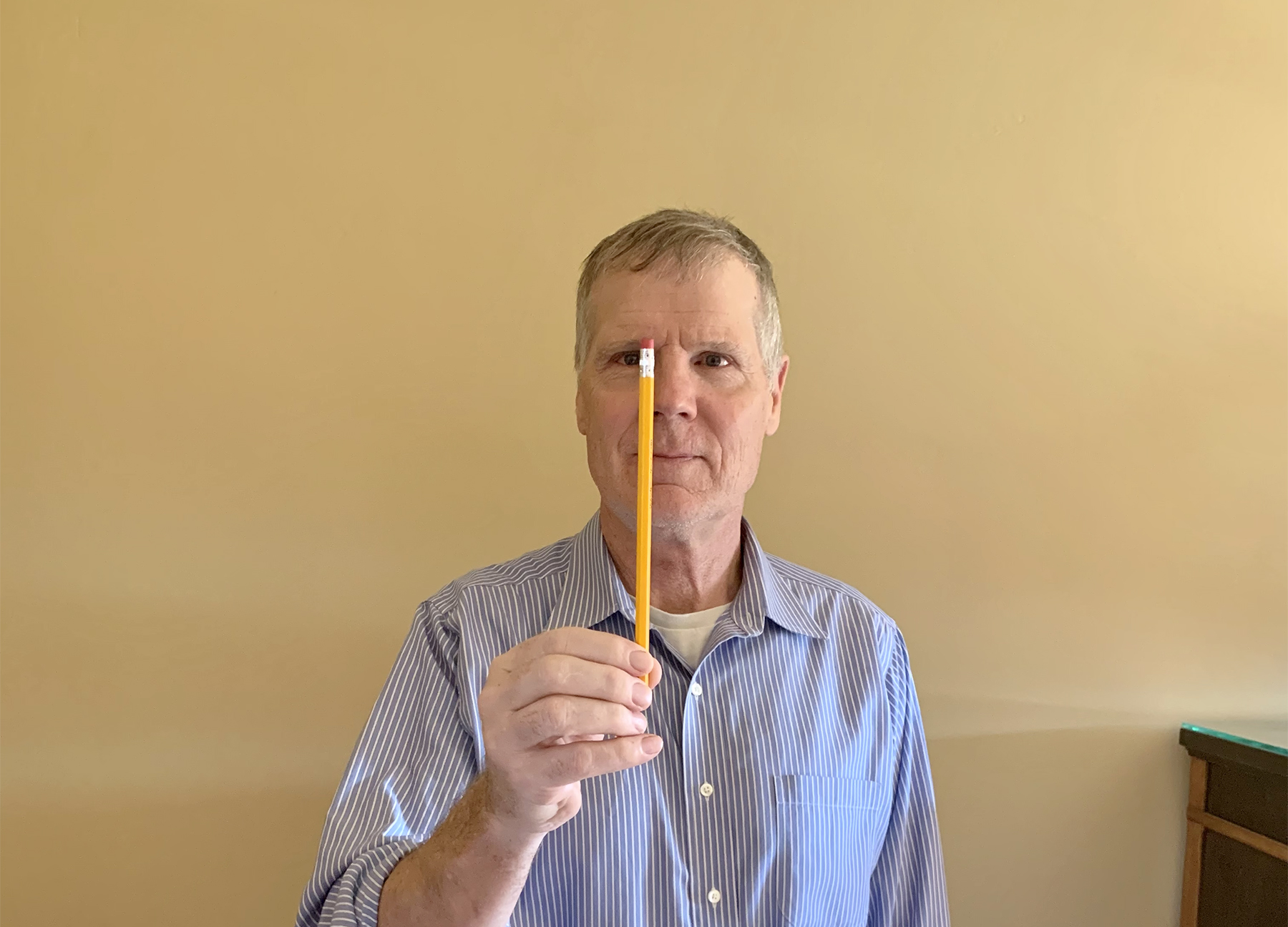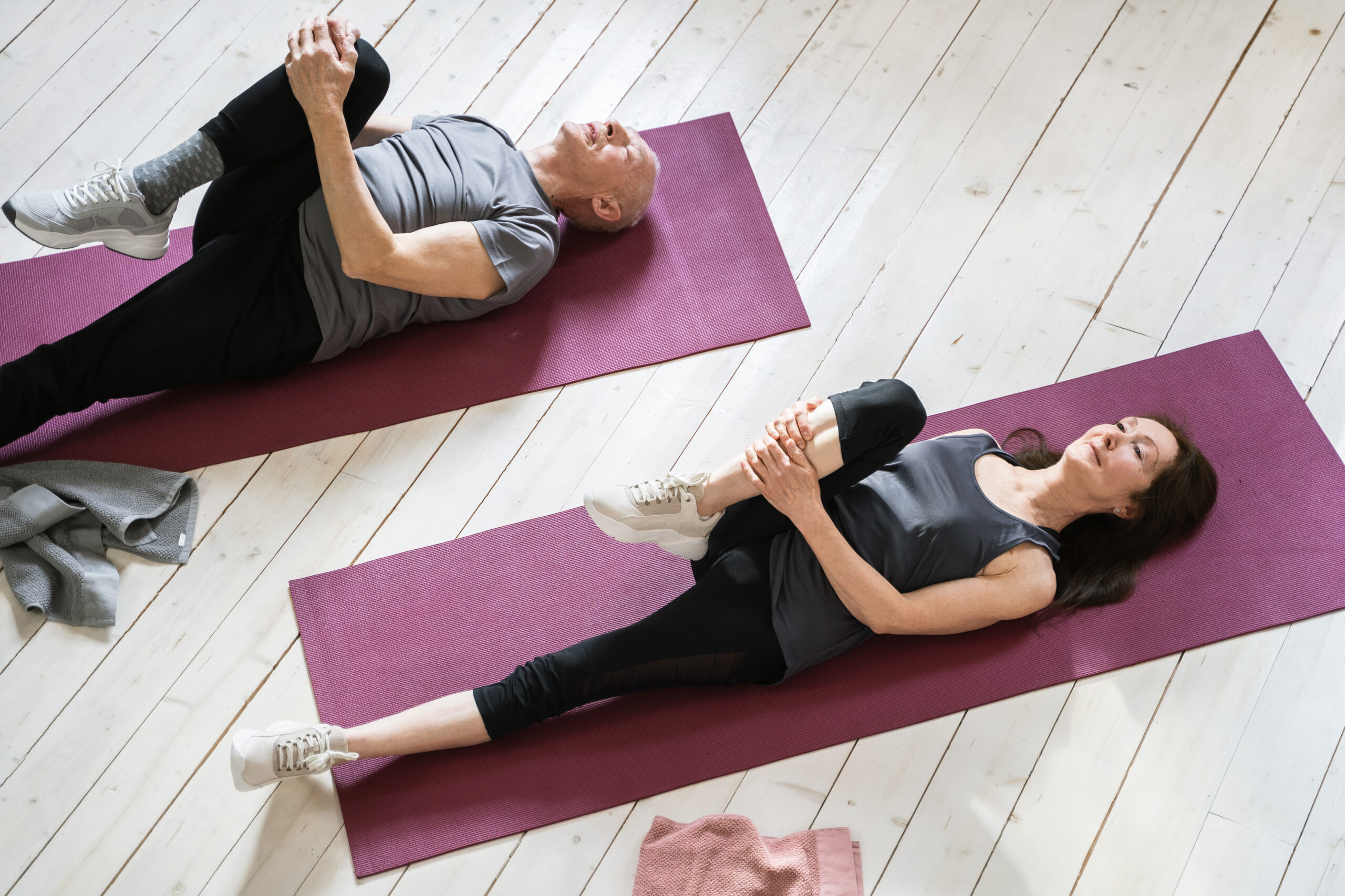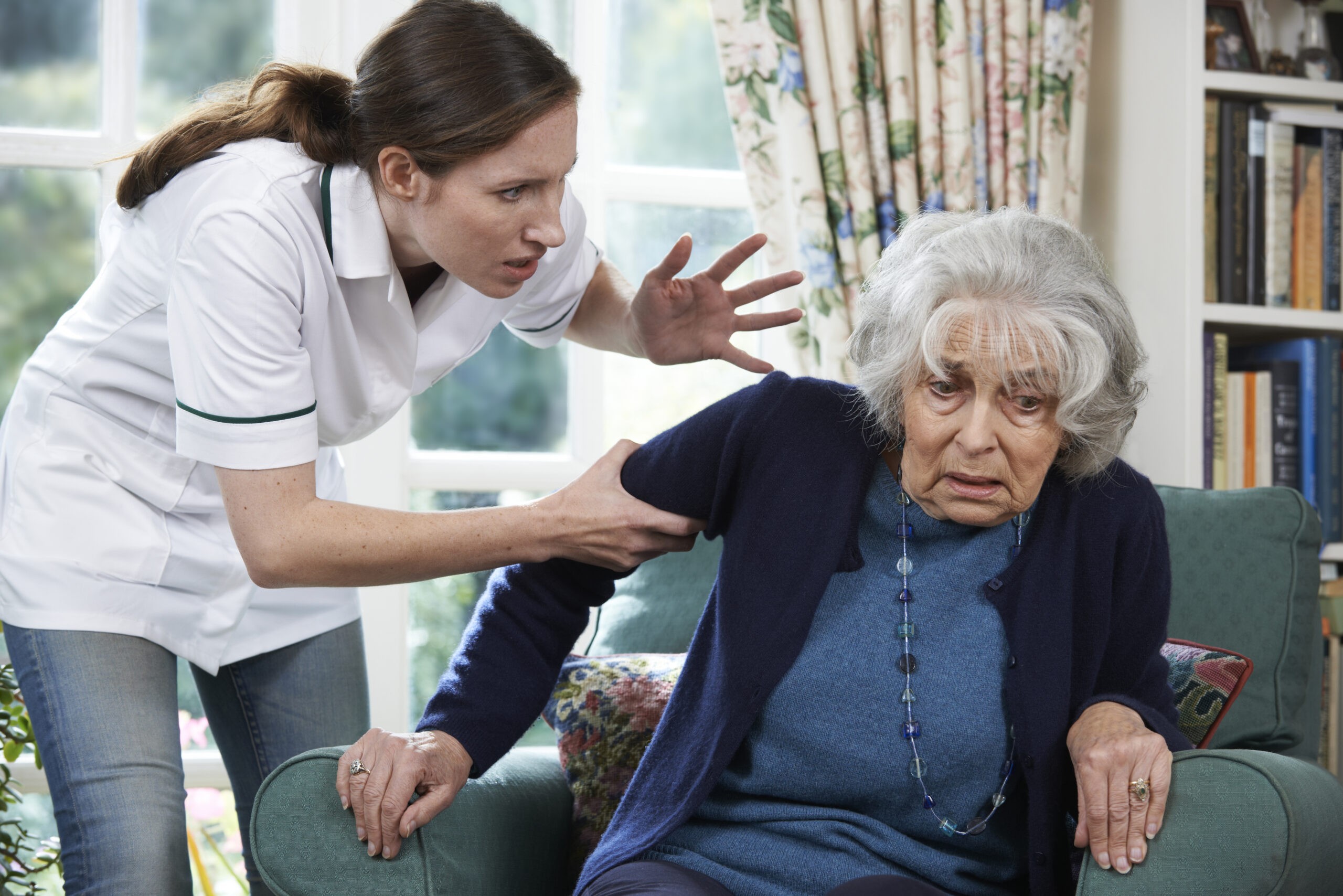
HOUSING AND AGING: CONSIDERATIONS FOR HOME AND NEIGHBORHOOD
The home and neighborhood are central to quality of life for people of all ages, but there are specific ways they can affect the well-being of older adults.

We want to help people to stay fit and active — at all ages across the spectrum. We know there can be many challenges to staying active as we age, but the benefits are well worth the effort. Read through this information from the American Physical Therapy Association and reach out to a physical therapist if you have questions or concerns. We have included nine benefits of staying active as you age, as well as six specific starter exercises you should be able to continue with long into your older years. If you have difficulty with these exercises, or if you are ready for a greater level of challenge, a qualified physical therapist can help.
Nine Things Your Physical Therapist Wants You To Know About Aging Well
We can’t stop time. But with the right type and amount of physical activity, we can help stave off many age-related health problems and live life to its fullest. Regular physical activity can benefit your physical, mental, and social health, and prevent or improve many chronic conditions, such as heart disease, diabetes, obesity, depression, and some cancers. You also can prevent falling by doing physical activities you enjoy and working with a physical therapist to improve your balance, muscle strength, and endurance.
For substantial health benefits, adults (ages 18 through 64 years, with and without chronic health conditions and disabilities, who are able) should do at least 150 minutes to 300 minutes a week of moderate-intensity, or 75 minutes to 150 minutes a week of vigorous-intensity aerobic physical activity. This can include an equivalent combination of moderate- and vigorous-intensity aerobic activity, with aerobic activity spread throughout the week (HHS).
Physical therapists are movement experts who improve quality of life through hands-on care, patient education, and prescribed movement.
01. Chronic pain doesn’t have to be the boss of you.
According to the Centers for Disease Control and Prevention, in 2016, an estimated 20.4% (50 million) U.S. adults experienced chronic pain, contributing to indirect medical costs, lost work time, and wages. Physical therapist-supervised exercise, mobility, and pain management treatment plans can ease pain while moving and at rest, improving your overall quality of life.
02. You can get stronger when you’re older.
Research shows improvements in strength and physical function are possible in your 60s, 70s, and even 80s and older, with an appropriate
exercise program. Progressive resistance training, in which muscles are exercised against resistance that gets more difficult as strength improves, has been shown to prevent frailty.
03. You may not need surgery or medication for low back pain.
Low back pain is often overtreated with surgery and medications despite a wealth of evidence demonstrating physical therapy can be an effective alternative—and with much less risk.
04. You can lower your risk of diabetes with exercise.
Nearly 30 million Americans have diabetes, and only 21 million know they have it. Obesity and physical inactivity can put you at risk for this disease. But a regular appropriate physical activity routine is one of the best ways to prevent, and manage, type 2 diabetes.
05. Exercise can help you avoid falls—and keep your independence.
More than one in four older Americans experience falls each year. Despite this statistic, falling is not a normal part of aging. Falls are preventable. A physical therapist can help you assess your risk factors, design a personalized plan with exercises and balance training, and address underlying medical conditions, so you can remain physically active and independent.
06. Your bones want you to exercise.
Osteoporosis, or weak bones, affects more than half of Americans over the age of 50. Exercises that keep you on your feet like walking, jogging, or dancing, and resistance exercises, such as weightlifting, can improve bone strength or reduce bone loss.
07. Your heart wants you to exercise.
Heart disease is the number one cause of death in the U.S. Exercise is one of the top ways of preventing it and other cardiovascular diseases. Research shows that if you already have heart disease, appropriate exercise can improve your health.
08. Your brain wants you to exercise.
Physically active people—even later in life—are less likely to develop memory problems or Alzheimer’s disease, a condition affecting more than 40% of people over the age of 85.
09. You don’t just have to live with bladder leakage.
More than 13 million women and men in the U.S. have bladder leakage. Don’t spend years relying on pads or rushing to the bathroom. Learn more about physical therapist treatment for incontinence.
Six Exercises to Promote Balance That You Can Do at Home
Falls are common in people over 65 years of age. A fall can result in unwanted outcomes, including injury, loss of independence, and decreased ability to do the things that are most important to you. They also can result in death. According to the Centers for Disease Control and Prevention, 3 million older adults are treated in the emergency room for fall injuries each year. The average health care cost per fall is $35,000.
The good news is falls are preventable. Balance training is an important and effective part of falls prevention. Performing safe home exercises can help strengthen your lower body to promote balance and reduce your overall fall risk, among other health benefits. According to the Journal of the American Geriatrics Society, physical activity, including exercise, reduces falls by 13% to 40% in community-dwelling older adults.
A physical therapist can evaluate your balance and recommend appropriate exercises that are tailored to your specific needs and goals and are safe for you to perform at home. Physical therapists are movement experts who improve quality of life through hands-on care, patient education, and prescribed movement. Here are some exercises your physical therapist might recommend.
Always check with your health care provider before beginning a home exercise program. For safety during these exercises, position yourself near a countertop or sturdy surface that you can use for support.
01. Standing March
Standing near a sturdy support, begin marching in place slowly for 20-30 seconds. As this becomes easier, your physical therapist may challenge your balance and change up the pace and surface you are marching on, from hardwood to carpet, foam pad, grass, etc.
02. Standing 3-Way Kicks
Standing on 1 leg (with a soft, unlocked knee), slowly raise your other leg out in front of you. Keep your extended leg as straight as possible and return it to the floor. Then gently lift the same leg out to the side and back down, and then extend your leg behind your body and back down. Perform as many as you can each way. Your physical therapist may increase the difficulty of this exercise by removing the supporting surface.
03. Sidestepping
Facing a countertop or wall (with your hands on the counter or wall for support as needed), step sideways in 1 direction with your toes pointed straight ahead until you reach the end of the wall or counter. Then, return in the other direction. As this becomes easier, a physical therapist may add in the use of a resistance band at the knees or just above the ankles.
04. 1-Leg Stand
Stand on 1 leg as long as you are able, up to 30 seconds. Remember to remain near a sturdy support surface that you can hold if needed. Alternate legs and try to do this 3-5 times on each leg. As this becomes easier, challenge yourself by doing other tasks standing on 1 leg, such as brushing your teeth, talking on the phone, or while doing the dishes. Balance exercises can easily be integrated into your daily routine this way.
05. Sit to Stand and Stand to Sit
Rise out of a chair without using your arms to push up. If this is difficult at first, place a firm pad underneath you on the chair seat to raise you. As you return to a seated position, slowly lower yourself all the way back down and ease into your seat (rather than dropping into the chair). Perform as many times as you are able. This can easily be done while watching TV.
06. Heel-to-Toe Standing or Walking
Place 1 foot directly in front of the other, so the heel of the front foot touches the toe of the back foot. Hold this position for as long as you are able, or up to 30 seconds. As this becomes easier, try taking a few steps in this heel-to-toe format, as if you are walking on a tight rope. Remember to use something to hold on to for safety.
Many factors can contribute to a lack of balance and falling. Older adults, especially those who have experienced dizziness, stumbling, or falls, should obtain a comprehensive evaluation from a PT or another qualified health professional. Some physical therapists specialize in balance and falls management.
You can contact a physical therapist directly for an evaluation. To find a physical therapist in your area, visit Find a PT at APTA.com.
All contents © 2021 American Physical Therapy Association. All Rights Reserved. Images and illustrations may be subject to copyright ownership by parties other than APTA and have been used by permission or licensed for exclusive use by APTA only. Use of this and other APTA websites constitutes acceptance of our Terms & Conditions | Privacy Policy | Disclaimer
Co-Owner, BE Fit Physical Therapy

The home and neighborhood are central to quality of life for people of all ages, but there are specific ways they can affect the well-being of older adults.

When we think about fitness, the first thing that often pops into our heads is the idea of an elite athlete—a weightlifter, a marathon runner, an olympic gymnast. Although those people are incredibly fit, they are also at the veryfurthest end of the fitness spectrum.

We want to help people to stay fit
and active — at all ages across the
spectrum. We know there can be
many challenges to staying active as
we age, but the benefits are well
worth the effort.

It started with a burning sensation
in the back, and then a numbness in a foot. Random physical sensations that could have been explained away if they hadn’t come back worse over the next several days.

Have you ever wondered how your
digital assets are managed when
you are unable to manage them
yourself? What happens to all your
online accounts when you die?

Elder abuse is a problem that’s intensifying across the nation. Older adults often become vulnerable due to isolation, physical or mental disabilities, and dependence on others for assistance